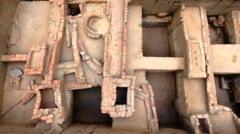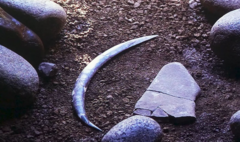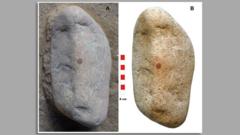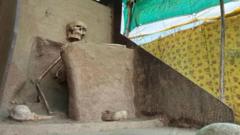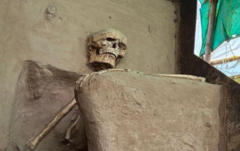Rakhaldas Banerjee, an Indian archaeologist, is credited with uncovering one of the most significant historical sites in the world—the ancient city of Mohenjo-daro in modern-day Pakistan. Although this discovery was made in the early 1900s, Banerjee remains largely forgotten today, overshadowed by disputes and controversies throughout his career.
Mohenjo-daro, meaning "mound of the dead men" in Sindhi, was part of the expansive Indus Valley (Harappan) Civilization, which flourished across a region that spans from north-east Afghanistan to north-west India during the Bronze Age. Banerjee, a skilled epigraphist, worked for the Archaeological Survey of India during British colonial rule, dedicating months to exploring India in search of artefacts, ruins, and historical scripts.
While his discovery of Mohenjo-daro was revolutionary, Banerjee's legacy is marred by conflicts with the ASI. His independent approach and disregard for colonial protocols led to accusations that he was disruptive, damaging his reputation and contributing to the erosion of his contributions from historical narratives. Historian PK Mishra has pointed out that it is John Marshall, then chief of the ASI, who is often credited with the discovery, casting Banerjee as a mere footnote.
Banerjee's reports detailing the findings from Mohenjo-daro were never published, sparking allegations of suppression of his work by Marshall. As articulated by Nayanjot Lahiri in her book “Finding Forgotten Cities: How the Indus Civilization Was Discovered,” his lack of diplomatic skills often led to tensions in professional relationships, further complicating his legacy.
Born in 1885 in a wealthy Bengali family, Banerjee was inspired by the medieval monuments around him to pursue a career in archaeology. After joining the ASI in 1910, he quickly rose to the position of superintending archaeologist by 1917. His most notable work at Mohenjo-daro began in 1919, where his excavations revealed vital finds that provided insight into urban settlements from approximately 5,300 years ago.
Despite his groundbreaking discoveries, Banerjee experienced a tumultuous professional life. In 1924, he faced scrutiny over project funds, resulting in his transfer to eastern India. He continued working with the ASI but eventually resigned amidst allegations of idol theft from a temple, although the case against him was dismissed.
In the years following his departure from ASI, Banerjee struggled financially due to his extravagant lifestyle. He became a professor, but his career was cut short as he passed away in 1930 at the young age of 45. Despite the controversies and challenges he faced, Banerjee's legacy as an archaeologist and a pioneer in the exploration of India's ancient civilizations deserves recognition and remembrance.










